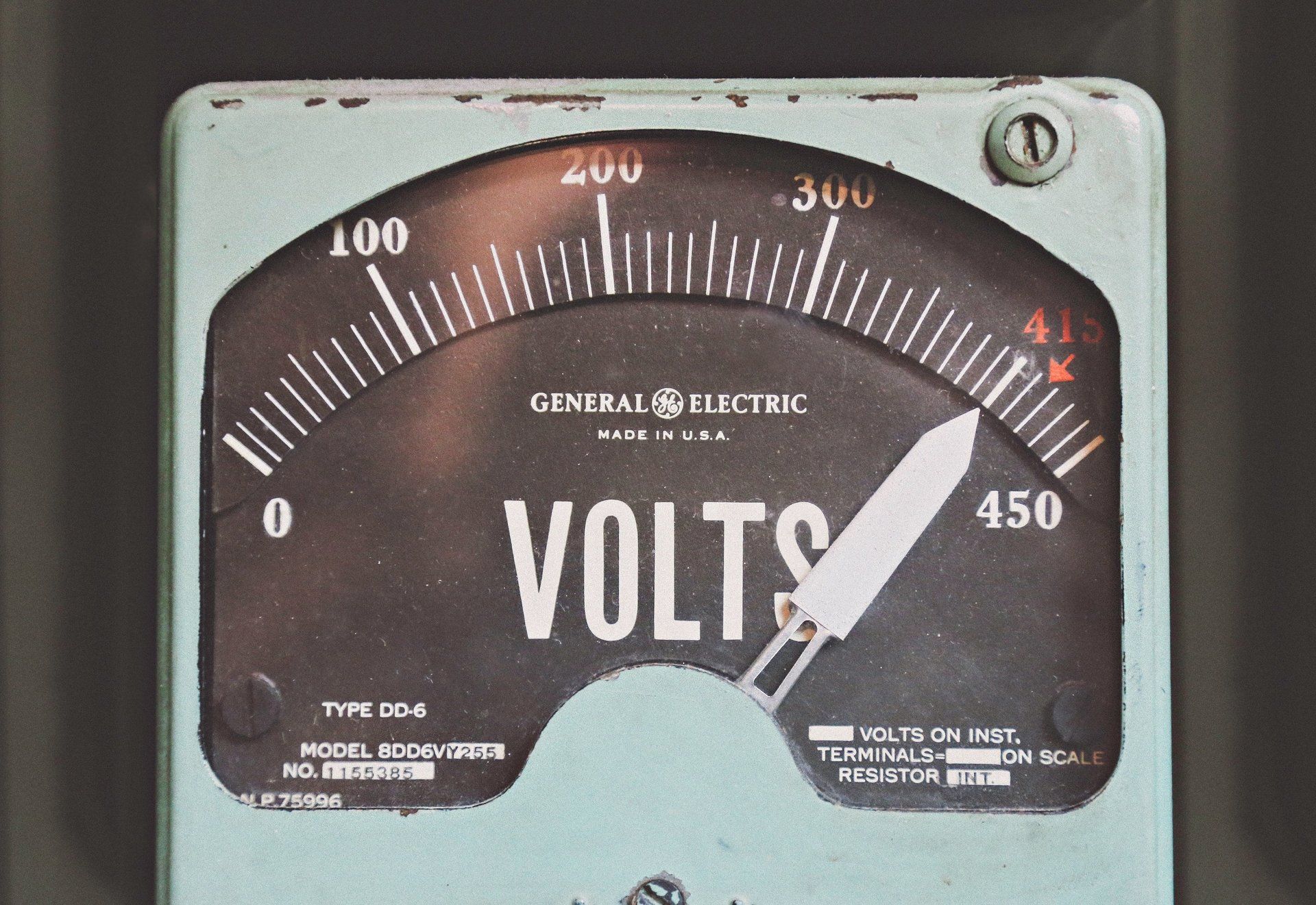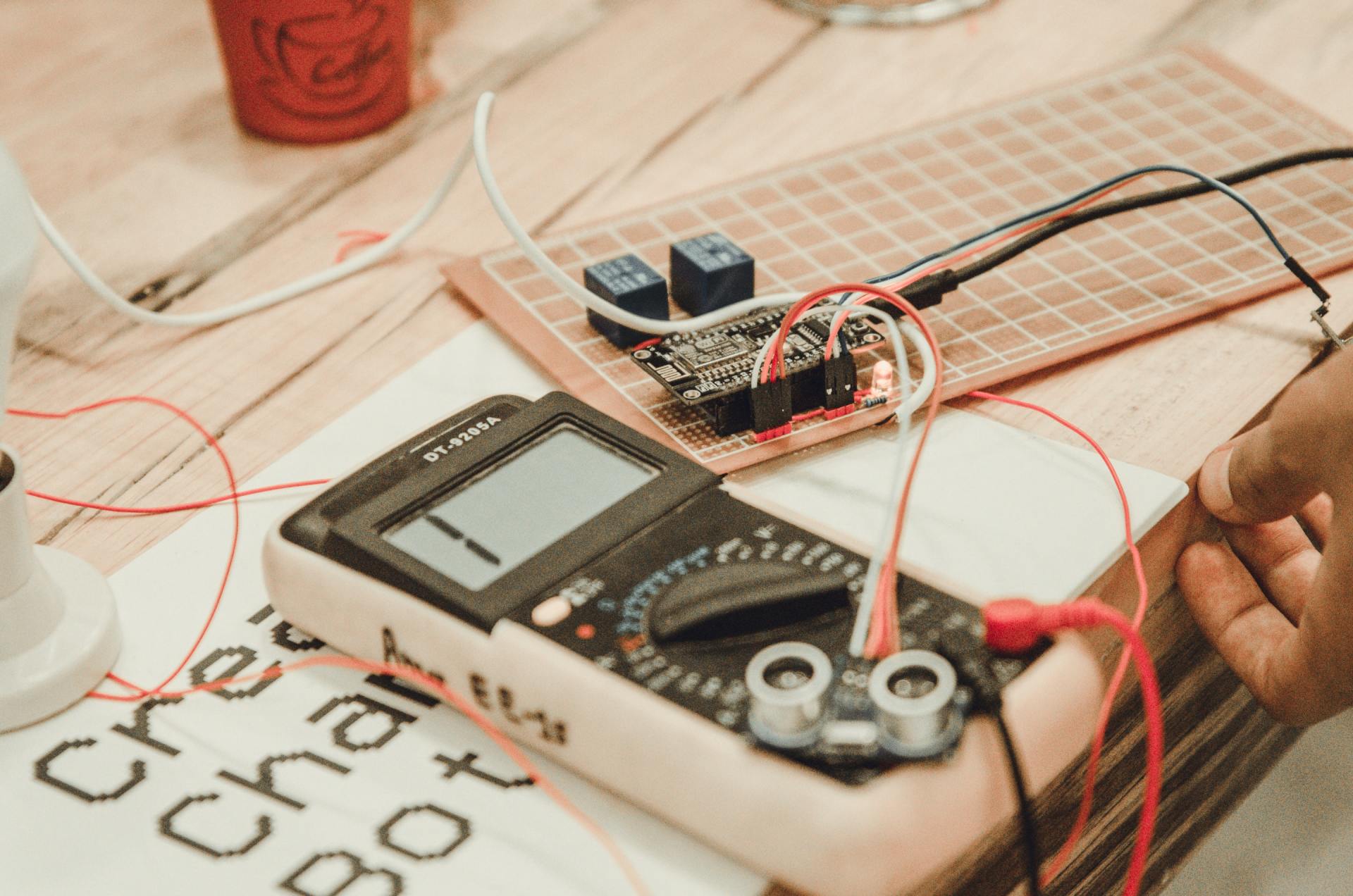Electrical Inspection
When you interview potential inspectors, ask one simple question. What is electricity?Answer: A form of energy that occurs naturally (lighting) or produced (generator) to produce the movement of electrons.
If the inspector does not know the answer, move on to another inspector.
An electrical system is so detailed, there are too many items to discuss, but I will mention several.
1. Bonding of metallic water, gas and fireplace chimney pipe systems and grounding of appliances and devices are an important safety requirement. Pipe bonding is made using bonding jumpers that should be accessible, so this can be visually inspected. Grounding of appliances and devices can be inspected by electrical test equipment. Grounding starts with the service-equipment grounding electrode, which many times are incorrectly installed.
2. Extension cords are a temporary, not a permanent wiring installation. However, many times I observe homeowners that performed their electrical installation with the use of an extension cord, which is incorrect.
3. Another incorrect homeowner installation is installing electrical cables and conductors in an attic or garage where conductors are not installed in protective conduit and conductor splices are not installed in approved boxes with covers.
4. Homeowners are not always at fault for incorrect installations. I observe incorrect installation by licensed electricians of a sub panelboard or panelboard in a secondary building many times. Quite often the incorrect installation involves the grounding and/or grounded (neutral) system.
5. I hope most inspectors know where ground fault current interrupter (gfci) protection is required, and this is probably as detailed as many inspectors are with an electrical inspection. Simply, gfci protection is for personnel protection to de-energize a circuit within an established period when a current to ground exceeds the value of the device. The device will open before an individual being shocked, or worse, electrocuted.
§535.229 Standards of Practice: Minimum Inspection Requirements for Electrical Systems
Service entrance and panels
The inspector shall report as Deficient:
- a drop, weatherhead or mast that is not securely fastened to the building;
- the absence of or deficiencies in the grounding electrode system;
- missing or damaged dead fronts or covers plates;
- conductors not protected from the edges of electrical cabinets, gutters, or cutout boxes;
- electrical cabinets and panel boards not appropriate for their location; such as a clothes closet, bathrooms or where they are exposed to physical damage;
- electrical cabinets and panel boards that are not accessible or do not have a minimum of 36-inches of clearance in front of them;
- deficiencies in:
- electrical cabinets, gutters, cutout boxes, and panel boards;
- the insulation of the service entrance conductors, drip loop, separation of conductors at weatherheads, and clearances;
- the compatibility of overcurrent devices and conductors;
- the overcurrent device and circuit for labeled and listed 240 volt appliances;
- bonding and grounding;
- conductors;
- the operation of installed ground-fault or arc-fault circuit interrupter devices; and
- the absence of:
- trip ties on 240 volt overcurrent devices or multi-wire branch circuit;
- appropriate connections;
- anti-oxidants on aluminum conductor terminations;
- a main disconnecting means.
The inspector is not required to:
- determine present or future sufficiency of service capacity amperage, voltage, or the capacity of the electrical system;
- test arc-fault circuit interrupter devices when the property is occupied or damage to personal property may result, in the inspector's reasonable judgment;
- conduct voltage drop calculations;
- determine the accuracy of overcurrent device labeling;
- remove covers where hazardous as judged by the inspector;
- verify the effectiveness of overcurrent devices; or
- operate overcurrent devices.
Branch circuits, connected devices, and fixtures
The inspector shall:
- manually test the installed and accessible smoke and carbon monoxide alarms;
- report the type of branch circuit conductors;
- report as Deficient:
- the absence of ground-fault circuit interrupter protection in all:
- bathroom receptacles;
- garage receptacles;
- outdoor receptacles;
- crawl space receptacles;
- unfinished basement receptacles;
- kitchen countertop receptacles; and
- receptacles that are located within six feet of the outside edge of a sink;
- the failure of operation of ground-fault circuit interrupter protection devices;
- missing or damaged receptacle, switch or junction box covers;
- the absence of:
- equipment disconnects;
- appropriate connections, such as copper/aluminum approved devices, if branch circuit aluminum conductors are discovered in the main or sub-panel based on a random sampling of accessible receptacles and switches
- deficiencies in:
- receptacles;
- switches;
- bonding or grounding;
- wiring, wiring terminations, junction boxes, devices, and fixtures, including improper location;
- doorbell and chime components;
- smoke and carbon monoxide alarms.
- improper use of extension cords;
- deficiencies in or absences of conduit, where applicable; and
- the absence of smoke alarms:
- in each sleeping room;
- outside each separate sleeping area in the immediate vicinity of the sleeping rooms; and
- in the living space of each story of the dwelling.
The inspector is not required to:
- Inspect low voltage wiring;
- disassemble mechanical appliances;
- verify the effectiveness of smoke alarms;
- verify interconnectivity of smoke alarms;
- activate smoke or carbon monoxide alarms that are or may be monitored or require the use of codes;
- verify that smoke alarms are suitable for the hearing-impaired; or
- remove the covers of junction, fixture, receptacle or switch boxes unless specifically required by these standards.
The electrical system in any building contains the most potential hazard to persons and property of any system, so why trust this inspection to someone who does not know the meaning of electricity. Greg Genser of Cypress Inspections is a state-licensed Master Electrician who will perform a detailed and thorough electrical inspection. No installed electrical system is 100% in compliance with the National Electric Code, nor will any city, municipal or private inspector locate all electrical defects. However, a detailed and thorough electrical inspection by a qualified professional inspector will reduce the possibility of hazards arising from the use of electricity.

